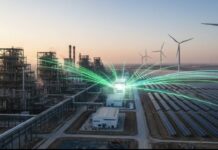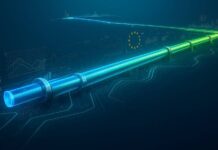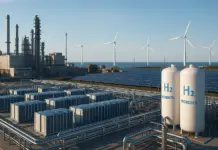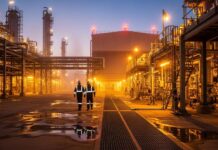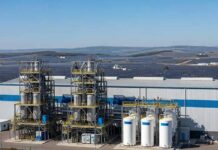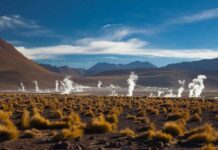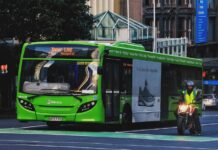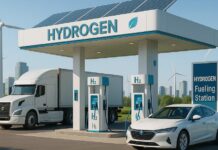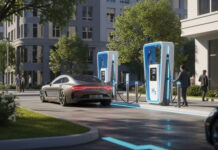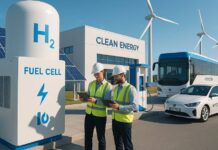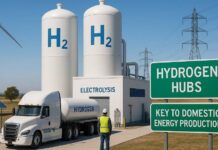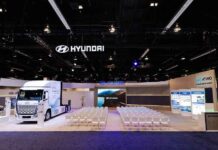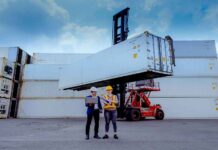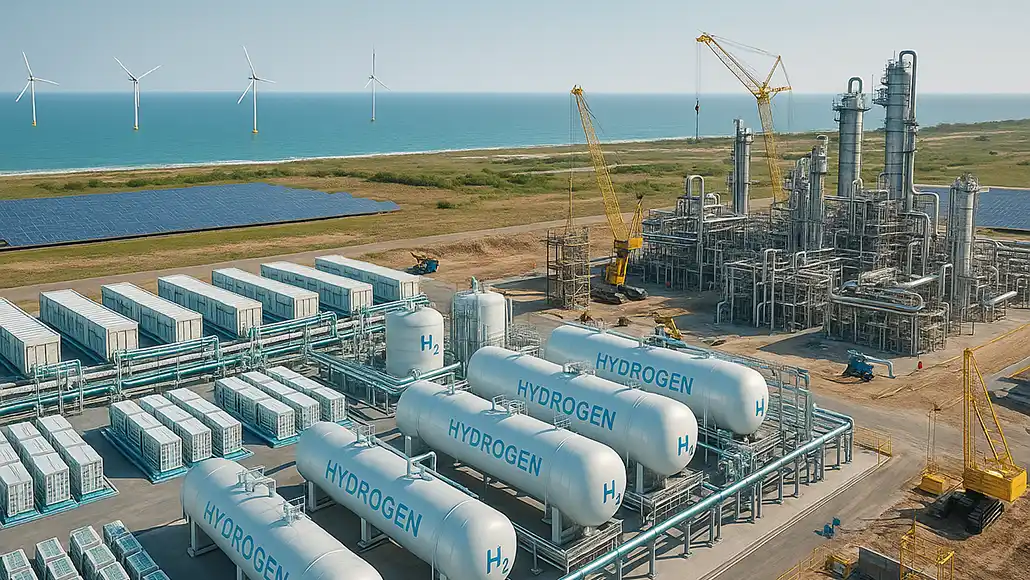Hyundai Motor Group will build a 1 GW green hydrogen facility and a new PEM electrolyzer factory in Korea’s southwest, putting the green hydrogen project at the center of its five-year, ₩125.2 trillion ($86 billion) domestic investment strategy. The electrolyzer site will also produce hydrogen fuel cell components for global export, a sign of how firmly Hyundai is leaning into green hydrogen for both mobility and industrial use.
Hyundai has confirmed that the 1 GW green hydrogen plant will rely on proton exchange membrane (PEM) electrolyzers, making use of the region’s renewable energy resources and its established hydrogen distribution infrastructure. The company noted that “PEM electrolyzers will be deployed at the proposed green hydrogen plant,” citing proximity to “nearby hydrogen shipment centers and refueling stations” as strategic advantages. The facility forms a key part of Hyundai’s broader effort to support Korea’s position as a global mobility hub through large-scale clean-energy production and to move this green hydrogen project from concept to industrial scale.
In parallel, Hyundai will construct a dedicated manufacturing facility for PEM electrolyzers and hydrogen fuel cell components. This site will anchor a new global hydrogen export business. The company has not provided any cost or timeline details for either the green hydrogen installation or the electrolyzer production facility, nor has it clarified whether the investment applies to a newly planned site or work already underway at another PEM manufacturing project. Hyundai’s long-term hydrogen ambitions include “building a hydrogen ecosystem” and creating an “end-to-end hydrogen value chain,” covering production, supply, storage, and utilization.
The 1 GW plant also aligns with broader provincial initiatives. South Jeolla Province (Jeonnam) is seeking ₩2.7 trillion ($1.9 billion) in national funding for a 500 MW green hydrogen project, with plans to scale it to 1 GW. The region hosts some of Korea’s most promising offshore wind resources, with 580 MW recently awarded in a government auction and long-term potential of more than 78 GW in fixed offshore wind and 546 GW in floating capacity. That kind of renewable base could help drive Hyundai’s green hydrogen plans and South Korea’s broader floating-wind ambitions, especially if national hydrogen incentives stay in place.

